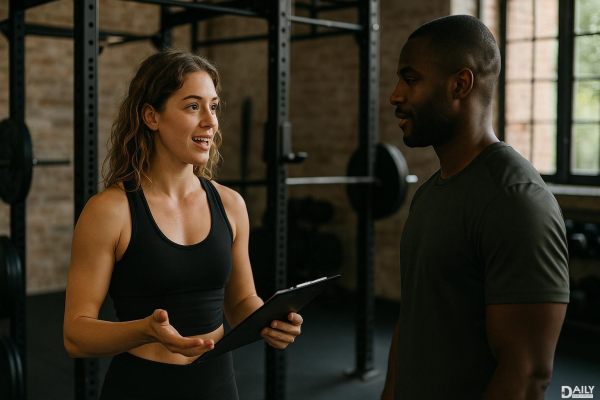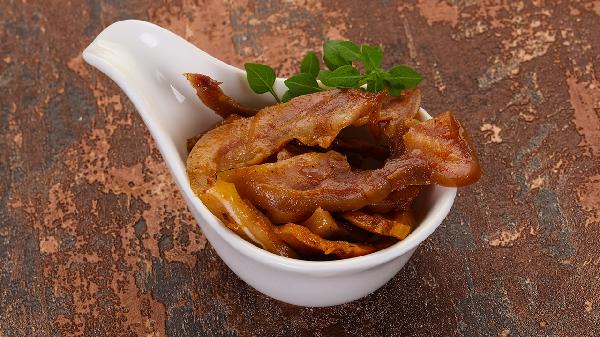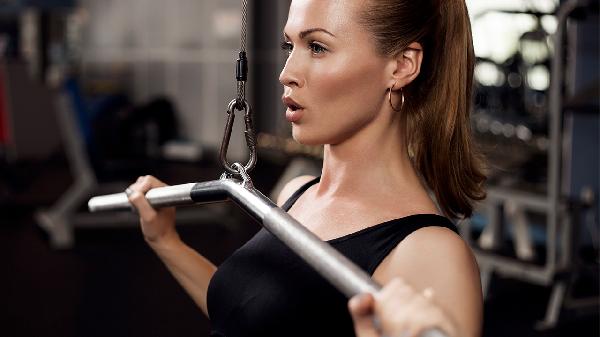PPL in workouts stands for Push, Pull, Legs—a training split that’s become the secret sauce for fitness pros and gym rats alike. It’s a straightforward yet highly effective way to structure your workouts, ensuring you hit every major muscle group while giving your body enough time to recover. If you’re looking to level up your gains without overcomplicating your routine, PPL might just be your new best friend.

The beauty of the PPL split lies in its simplicity. Instead of juggling a million exercises or trying to cram everything into one session, you break your workouts into three distinct categories: Push, Pull, and Legs. Push days focus on muscles that help you, well, push—think chest, shoulders, and triceps. Pull days target muscles that help you pull, like your back and biceps. And leg days? They’re all about those quads, hamstrings, and glutes. By dividing your training this way, you’re able to give each muscle group the attention it deserves while avoiding burnout.
When it comes to setting up your PPL routine, consistency is key. Most people follow a six-day split, alternating between Push, Pull, and Legs with one rest day. For example, you might do Push on Monday, Pull on Tuesday, Legs on Wednesday, and then repeat the cycle Thursday through Saturday, with Sunday as your rest day. This setup ensures you’re hitting each muscle group twice a week, which is ideal for maximizing hypertrophy (aka muscle growth).
Push days are all about exercises that involve pushing movements. Think bench presses, shoulder presses, and tricep dips. These exercises primarily target your chest, shoulders, and triceps, but they also engage your core and stabilizer muscles. To get the most out of your Push day, focus on compound lifts like the bench press and overhead press, which work multiple muscle groups at once. Then, add in some isolation exercises like tricep pushdowns or lateral raises to really zero in on specific areas.
Pull days are where you’ll focus on exercises that involve pulling movements, like rows, pull-ups, and bicep curls. These exercises target your back, biceps, and rear delts, helping you build a strong, V-shaped torso. Start with heavy compound lifts like deadlifts and bent-over rows to build overall strength, then finish with isolation moves like bicep curls or face pulls to really pump up those arms.
Let’s be real—leg day is where the magic happens. It’s not just about building strong, muscular legs; it’s about creating a solid foundation for your entire body. Squats, lunges, and deadlifts are the bread and butter of leg day, targeting your quads, hamstrings, glutes, and calves. Don’t skip out on accessory exercises like leg curls or calf raises, though—they’ll help you round out your leg development and prevent imbalances.
While PPL is great for maximizing gains, it’s important to remember that recovery is just as crucial as the workouts themselves. Your muscles grow when you’re resting, not when you’re lifting, so make sure you’re getting enough sleep, eating a balanced diet, and staying hydrated. If you’re feeling particularly beat up, don’t be afraid to take an extra rest day or swap in some active recovery like yoga or light cardio.
One of the best things about PPL is its flexibility. Whether you’re looking to build muscle, lose fat, or just get stronger, you can tweak the program to suit your needs. For example, if you’re focused on hypertrophy, you might add more sets and reps to your exercises. If strength is your goal, you could prioritize heavier weights and lower reps. And if you’re short on time, you can condense the routine into fewer days by combining certain exercises.
Even though PPL is relatively simple, there are still some pitfalls to watch out for. One common mistake is neglecting certain muscle groups—like skipping leg day (we’ve all been tempted, but don’t do it!). Another is overtraining; just because you’re hitting the gym six days a week doesn’t mean you should go all-out every single session. Listen to your body and adjust your intensity as needed. Finally, don’t forget to track your progress. Keeping a workout log can help you stay consistent and ensure you’re making steady gains over time.
So, there you have it—PPL in a nutshell. It’s a tried-and-true method that’s helped countless fitness enthusiasts achieve their goals, and it might just be the secret hack you’ve been looking for. Whether you’re a seasoned gym-goer or a newbie ready to dive in, give PPL a shot and watch your gains skyrocket. Just remember: consistency, proper form, and recovery are the keys to success. Now, go crush those workouts!
























